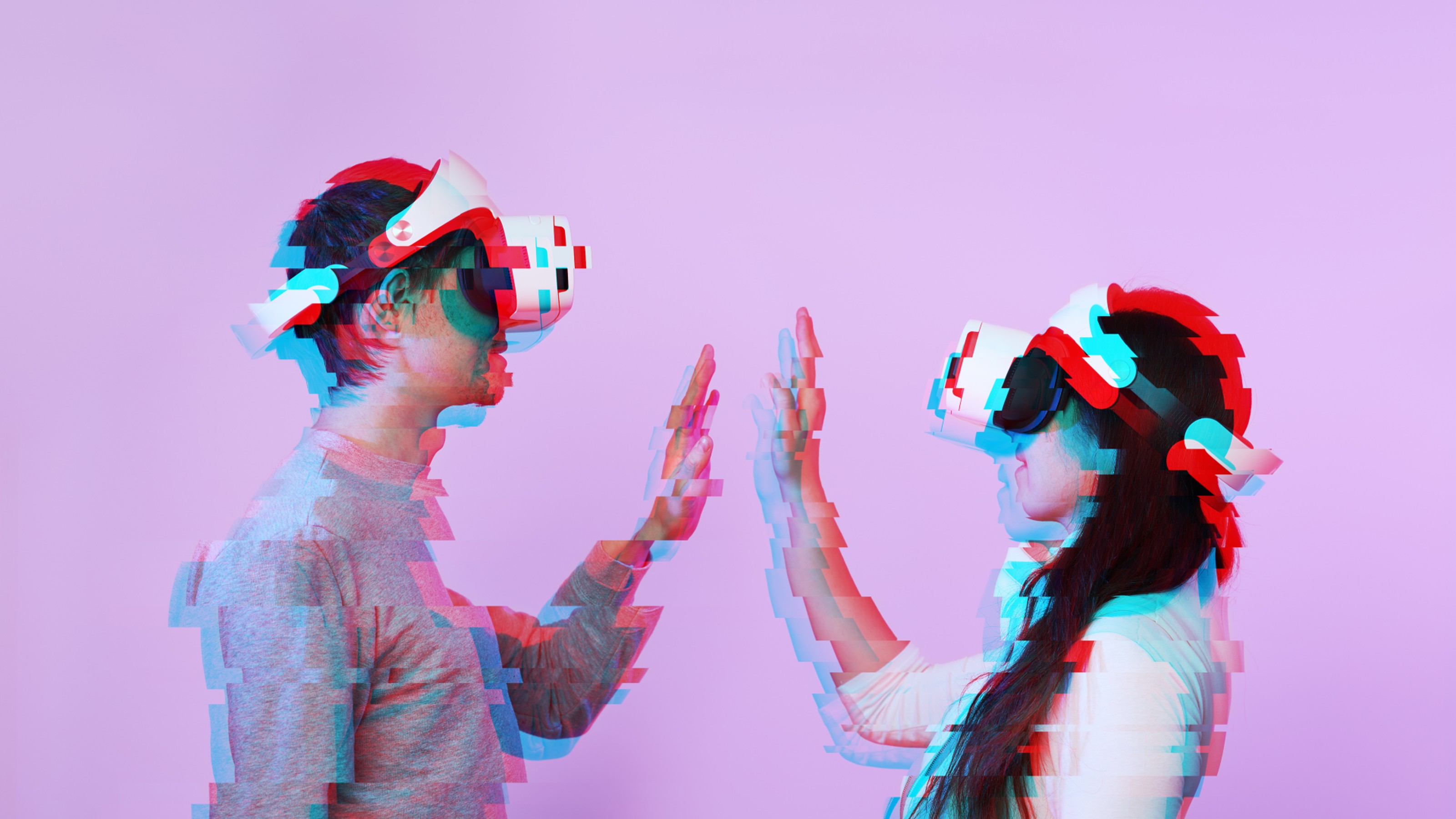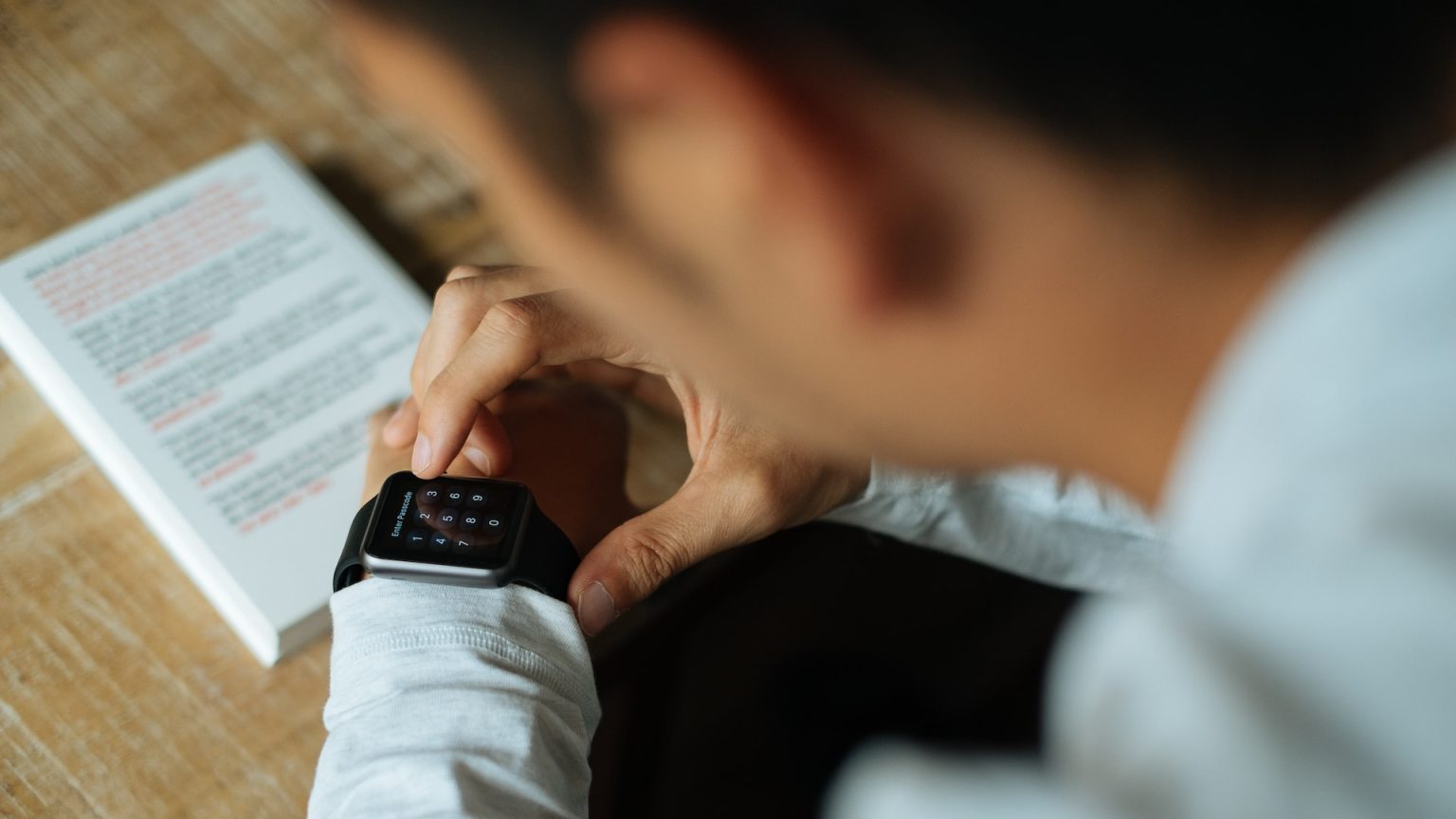Future Clothes Will Turn Us into Living Art

The initial launch of tech-infused fashion was met with sneers and skepticism. Since the fashion and tech worlds have hardly ever collided before, it seems at first a marriage of opposites. These devices were expensive and in some cases, inaccurate. That’s changed. Today, smart clothes and wearable tech have been featured at New York’s Fashion Week as well as shows by Rebecca Minkoff and Tory Burch, among others.
Designers have to be careful. But many have learned the lesson of Google Glass, a pretty cool item that no one wants to wear because it isn’t sleek. This next generation looks like regular clothing and other everyday items, with tech discreetly hidden inside. These were designed to be more accurate, personalized, multi-point, unobtrusive, and will someday even become sentient.
Shirts, socks, and so many other items contain biosensors nowadays, sending data to smart phone apps via Bluetooth, offering biometric data, and even making recommendations for your workout. Ralph Lauren’s PoloTech and Under Armour’s sensor-equipped running shoes are two examples. On another front is Tommy Hilfiger’s solar jacket, an item that lets you recharge your electronics in an environmentally responsible manner. Big companies are starting to get a toehold in the market. But there is still lots of room for startups. Most smart clothes monitor our health and help us reach our fitness goals. So what is the future of tech-equipped fashion?

Nice try Google Glass. There is word of contact lenses which will be your personal assistant.
In the near term, Levi’s and Google have teamed up to put out a heavy denim shirt called the, Commuter Trucker jacket, which can recommend restaurants along your route, skip songs on your playlist, and even let you know how long before you reach your destination, among other functions. The jacket is washable. It has conductive metal fibers within it and the brain is known as a “smart tag,” which can be removed before washing. No word yet on battery life or whether or not a smart tag can be used with other garments. The shirt is expected to hit the market in 2017.
Tired of shopping at stores and finding nothing that fits? Or waiting for something you bought online only to have to return it? Consider 3D printed clothes. The University of Hertfordshire’s Digital Hack Lab in the UK has created garments that can be 3D printed, taking into account the person’s preferences. You can choose your garment, change its color, get it to fit your exact body, and print it out yourself, forgoing parking, waiting in line, and even having to go to the UPS store.
Ever wish you had a personal trainer but don’t have the money for one? Athos has your back. The brainchild of two electrical engineering students who couldn’t afford a trainer either, they decided to design their own, within a line of smart workout clothing. These shirts and pants come complete with electromyography (EMG) technology, which monitors muscles and communicates via a smart phone app, letting you know how well you’re doing, where your workout is lagging, and how to improve. Though a bit pricey at the moment, if Moore’s Law holds true, such clothing should become commonplace.

An original electromyography (EMG). Tech is getting so advanced, these can be placed inside clothing.
Today, you might have heard of Sensoria for their smart socks. But the company has announced it is launching of a line of shirts and sports bras that monitor biometrics for health conditions. These send signals to a smart phone app which has been designed with the help of a cardiologist.
Not only will it monitor your heart rate but will let you know of any irregularities. Future smart clothes could help monitor other aspects of health, letting a person know their blood pressure, blood oxygen levels, and other important biometrics. They may even report things like if a person is developing frostbite, hypothermia, sunburn, heat stroke, or even skin cancer.
We’ve seen mood rings. Ever consider clothes that change color depending upon a person’s ensemble, or to reflect their mood? Many an office worker dreams of a shirt that turns red Monday morning, sending the message, “Stay away!” London-based designer Amy Winters has gone one step further. Her company, Rainbow Winters, designs pieces that are more than mere clothing, but captivating pieces of art.
Her garments change color when confronted with water, light, sound, or even when stretched. One particular design, the Thunderstorm dress breaks out in forks of lightning when it encounters sound. Now she is working with soft robotic materials to create garments that are stretchable and fluid and can change more than just color but shape, pattern, and even texture.

An artist’s rendition of what tech-infused clothing may someday do.
Past the aforementioned examples, the future of wearable tech becomes the realm of speculation. There are of course concerns. For instance, safeguards and permission-based options must be interwoven into clothing-tech hybrids or else marketers could become even more of a nuisance. There’s a possibility that such health monitors could become nags, or even overseers from our doctor or health insurance company. Another worry is hackers. Say you wanted someone dead who had a serious health condition. All you would have to do is turn off their monitoring system and they won’t be around much longer.
Still, concerns aside, our future wardrobe will look pretty sweet. There will be less hassle, more options, and you’ll have clothes that monitor your health, help you stay fit, find you the best restaurants, get you to work on time, and even help you to dazzle all of those around you. It will change the world so much that someday children in the future will see our clothing of today and gasp, “What do you mean no functions?!”
To learn more about the future of tech-infused clothes click here:





